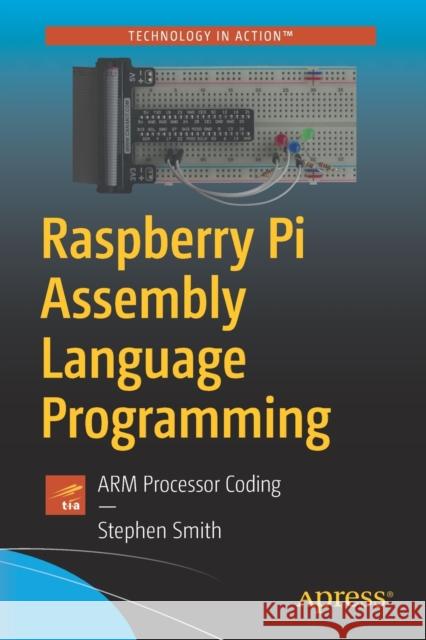Raspberry Pi Assembly Language Programming: Arm Processor Coding » książka
topmenu
Raspberry Pi Assembly Language Programming: Arm Processor Coding
ISBN-13: 9781484252864 / Angielski / Miękka / 2019 / 374 str.
Kategorie:
Kategorie BISAC:
Wydawca:
Apress
Język:
Angielski
ISBN-13:
9781484252864
Rok wydania:
2019
Dostępne języki:
Ilość stron:
374
Waga:
0.55 kg
Wymiary:
23.39 x 15.6 x 2.08
Oprawa:
Miękka
Dodatkowe informacje:
Wydanie ilustrowane











